Ever wondered how certain gemstones gleam with such intense color and clarity? What you see isn’t always nature’s untouched creation — in fact, many of the dazzling stones on the market today have undergone heat treatment in gemstones, a widely used enhancement technique that dates back thousands of years.
This fascinating process is more than just a modern gem-cutting secret — it's a delicate balance of science, tradition, and innovation that transforms the ordinary into the extraordinary. In this article, join Senyda to uncover how heat treatment in gemstones works.
1. What is heat treatment in gemstones?
Heat treatment in gemstones is a widely used technique that involves exposing natural gemstones to high temperatures to enhance their color and clarity. This method has been practiced for centuries and remains one of the most trusted and accepted enhancement processes in the gemstone industry. The goal is to bring out the stone’s hidden beauty without altering its essential natural structure.
During heat treatment in gemstones, the stones are carefully heated in specialized furnaces, typically at temperatures ranging from 500°C to 1800°C, depending on the type of gemstone and the desired outcome. This process is carried out under controlled environments, such as in air, vacuum, or inert gases like argon, to manage the internal chemical reactions. In some cases, specific minerals or chemical additives are introduced to help intensify or modify the stone’s color.
The intense heat causes the atoms and inclusions inside the gemstone to realign, which can dramatically improve the stone’s appearance. The result is greater transparency, as unwanted impurities and cloudiness are reduced or eliminated. In addition, heat treatment deepens or evens out the color, making the gemstone more vibrant and attractive. Some stones also become more color-stable over time, meaning their hue is less likely to fade when exposed to sunlight or everyday wear.
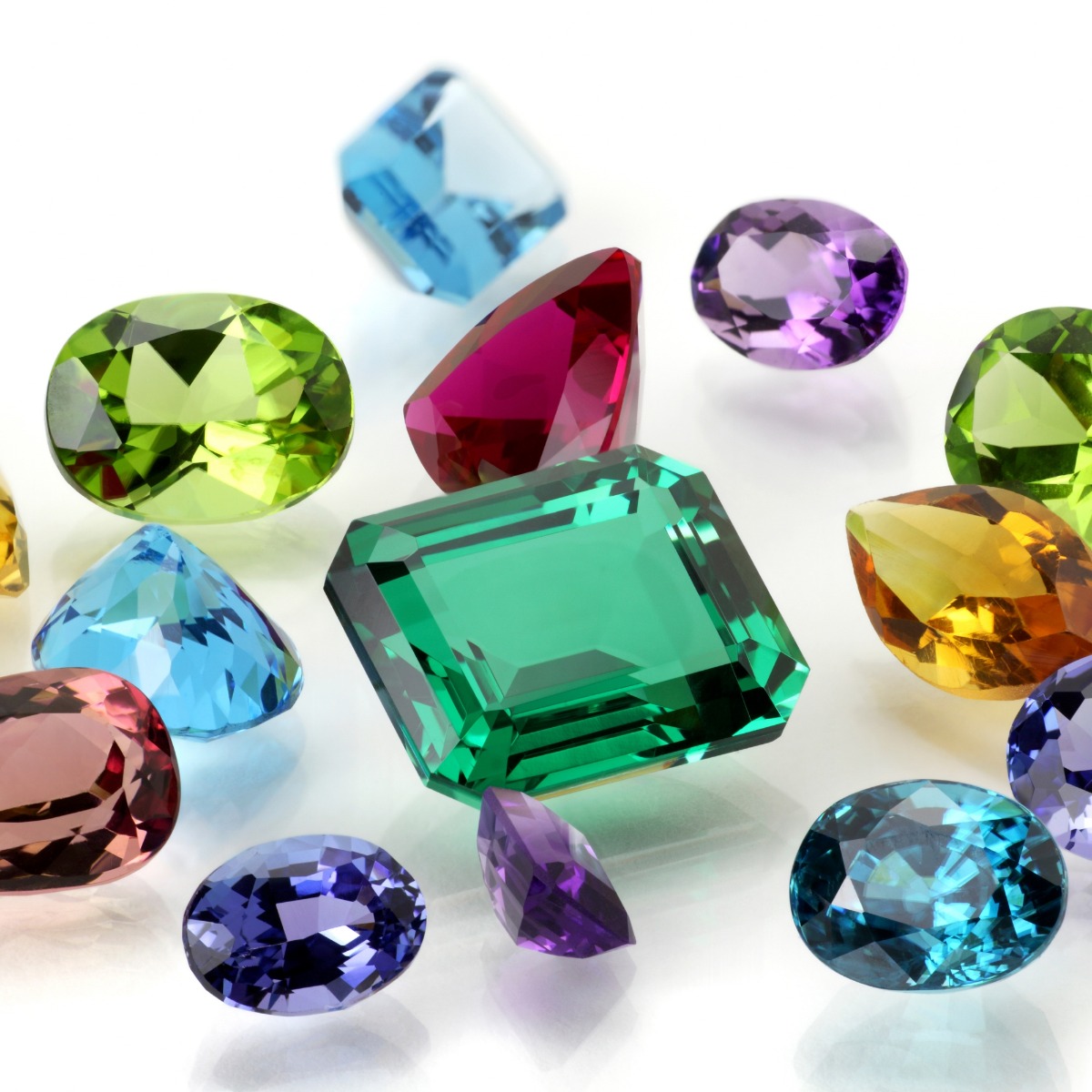
Demystifying heat treatment in gemstones
2. Common gemstones that undergo heat treatment
In the world of gemology, heat treatment in gemstones is a widely accepted technique used to enhance the visual appeal and market value of natural stones. Below are some of the most commonly heat-treated gemstones and how the process transforms them:
2.1. Ruby – The king of heat-treated gems
Approximately 90% of natural rubies on the market have undergone heat treatment. When heated at temperatures between 1,200°C and 1,800°C in a reducing (oxygen-free) atmosphere, rubies can change from a pale red or purplish tone to a vivid "pigeon blood" red. This process also dissolves or reduces silk-like inclusions, significantly increasing the stone’s clarity and brilliance.
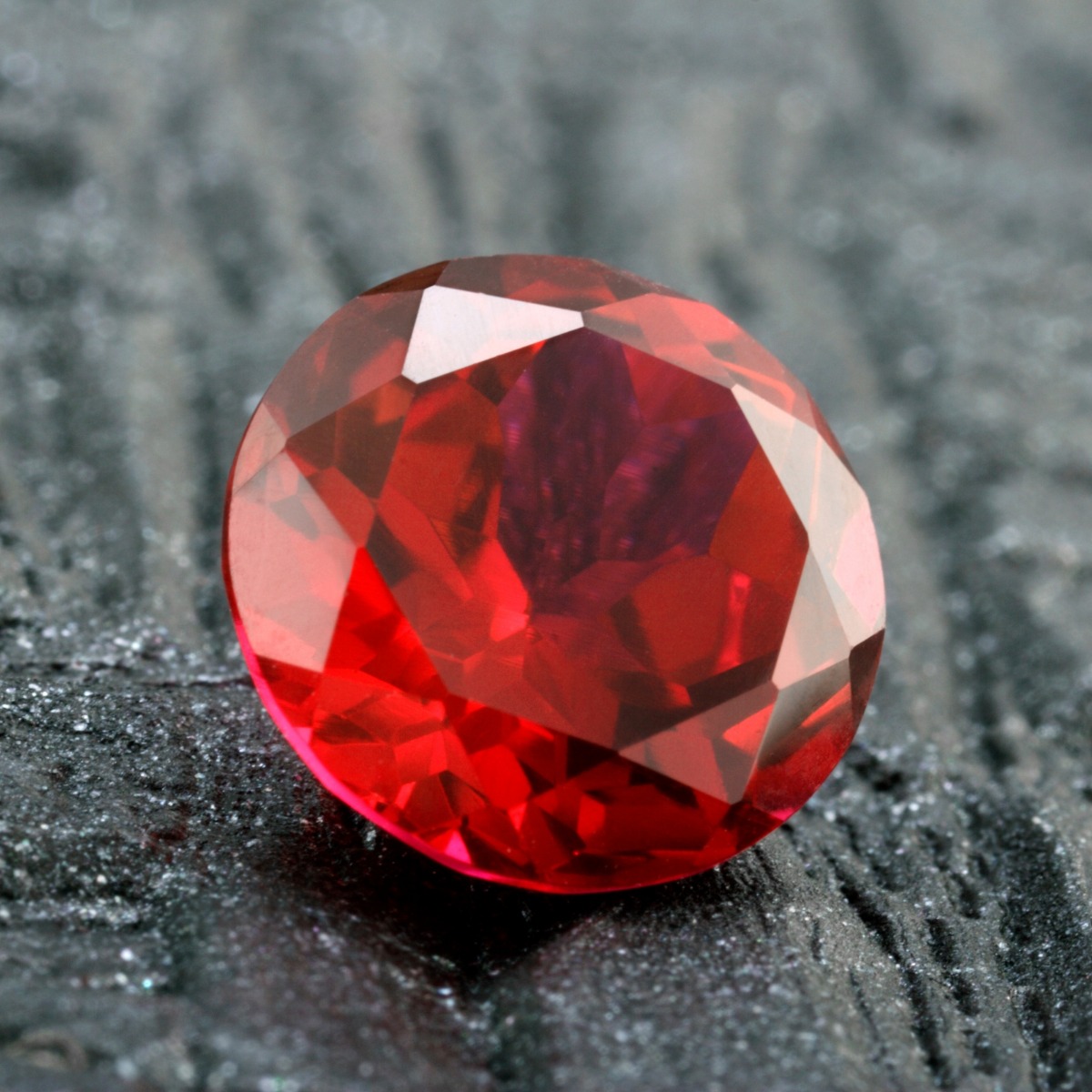
Demystifying heat treatment in gemstones
2.2. Sapphire – A spectrum of enhanced colors
Sapphires in blue, yellow, pink, and even rare padparadscha (pink-orange) hues are often heat-treated. Gray or cloudy sapphires can turn into vibrant blue stones by removing titanium impurities. Similarly, pale yellow sapphires become bright lemon yellow. Heat treatment in sapphires not only improves their aesthetic value but also makes rare colors more accessible.
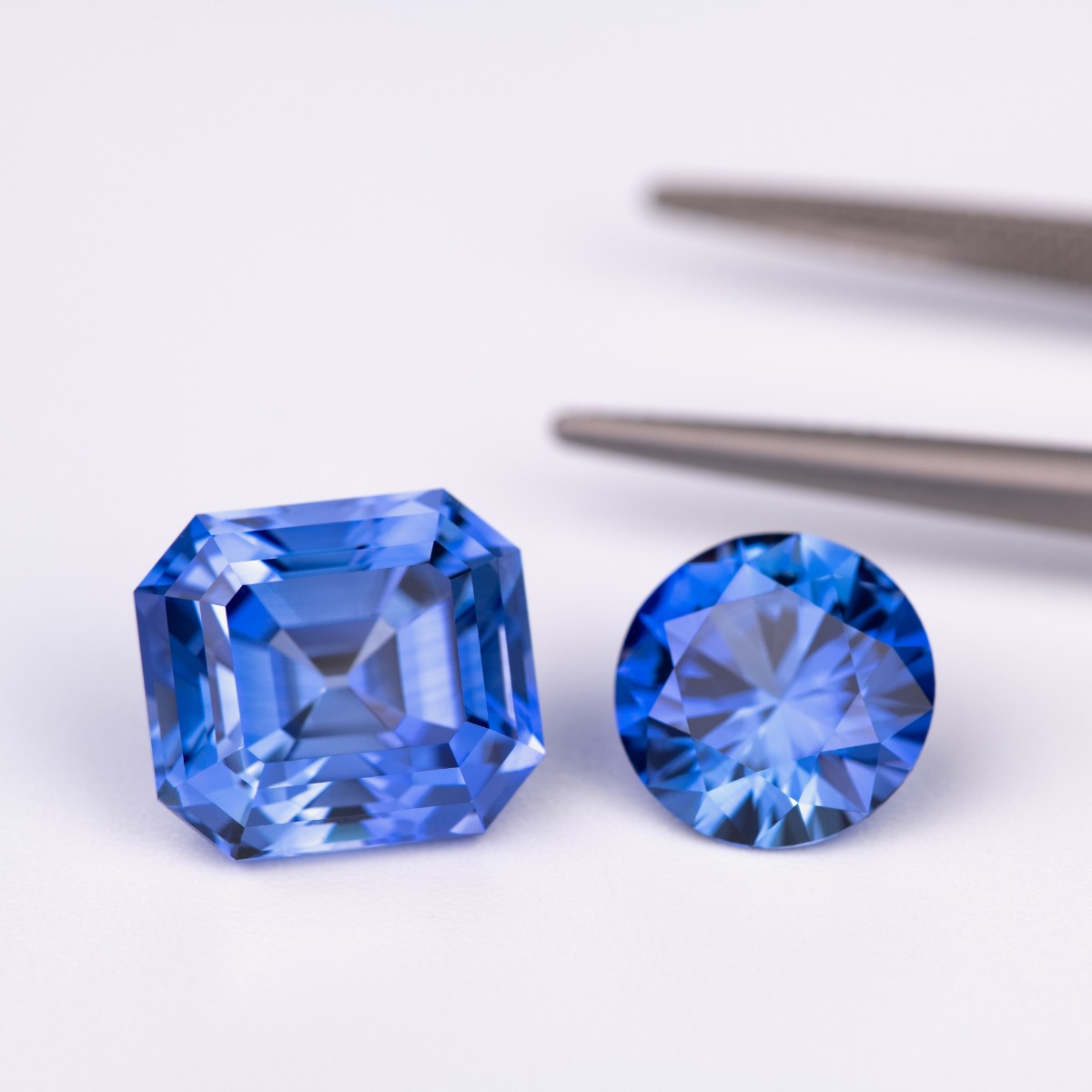
Demystifying heat treatment in gemstones
2.3. Aquamarine – From faint to flawless
Aquamarines typically undergo low-temperature heat treatment at around 400–450°C. This removes greenish tones, resulting in a pure, sky-blue color that is highly desirable. Additionally, the process helps stabilize the gemstone’s hue, reducing the risk of fading over time.
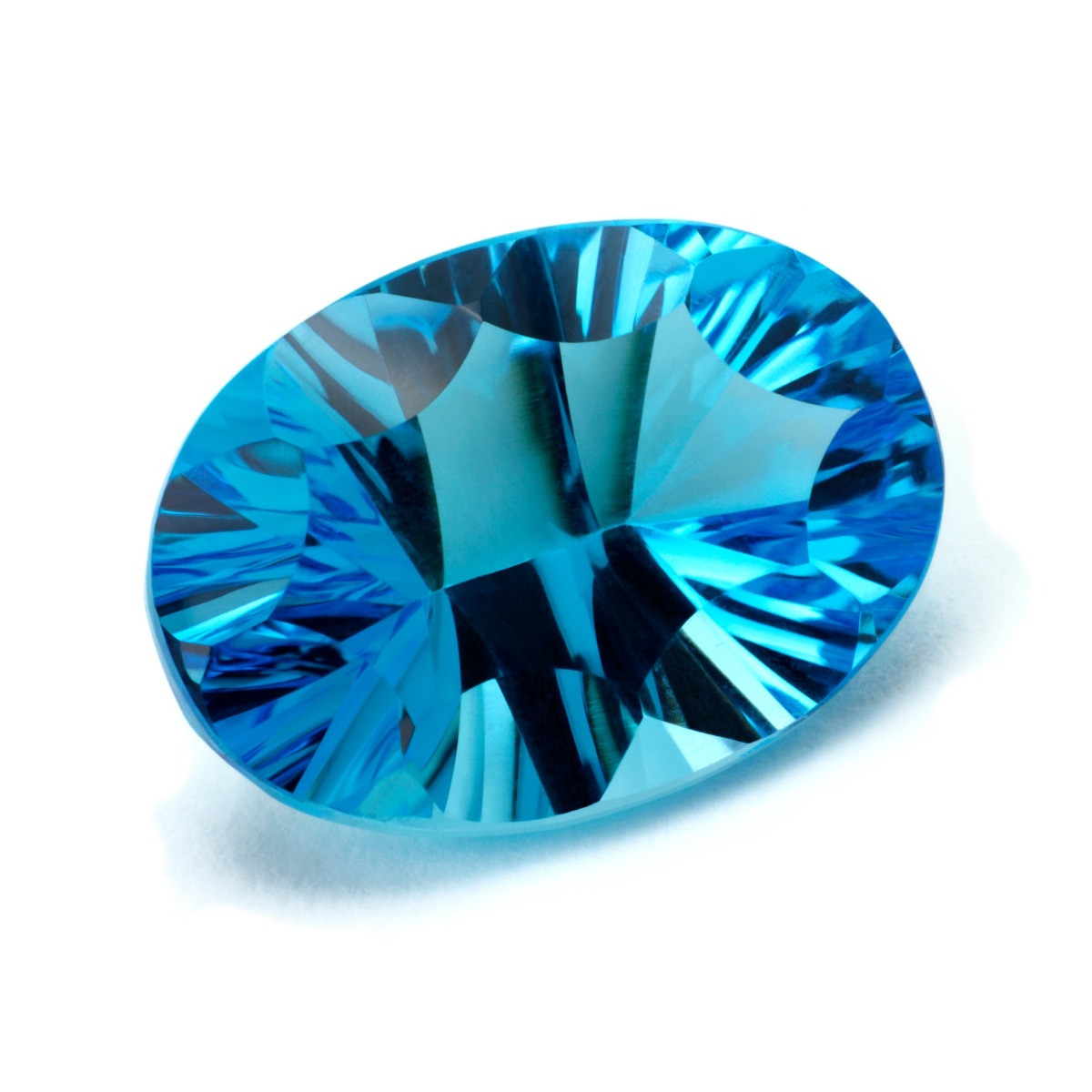
Demystifying heat treatment in gemstones
2.4. Topaz – Elevating neutral tones
Colorless or white topaz is often subjected to heat treatment combined with irradiation to produce stunning shades such as Swiss Blue and London Blue. Heated at 450–600°C, these topazes offer exceptional brilliance and durability, making them ideal for fine jewelry at a more affordable price point.
2.5. Tourmaline – Boosting brightness and hue
Certain tourmalines, especially brownish-red varieties, can be transformed into valuable pinkish-orange tones (such as Paraiba-like colors) through heating. The process also enhances the vividness of bi-color stones like watermelon tourmaline. However, some types of tourmaline may change or lose color when exposed to high heat, so careful control is essential.
3. Advantages and limitations of heat treatment in gemstones
Heat treatment in gemstones has become a widely accepted technique in the jewelry industry, offering a cost-effective way to enhance a gem's visual appeal. While it brings undeniable benefits in terms of beauty and affordability, it also comes with limitations that buyers should be aware of.
3.1. Key Advantages
Significantly enhances appearance
Heat treatment can transform dull or cloudy stones into vibrant, eye-catching gems. For instance, a cloudy ruby can be turned into a vivid pigeon blood red, while a grayish sapphire may become a brilliant blue. The process eliminates up to 90% of internal inclusions, resulting in mirror-like clarity and enhanced color saturation.
More affordable compared to untreated stones
Heat-treated gemstones are much more affordable than untreated natural gems of similar beauty. In many cases, the price is only 1/5 to 1/10 of a natural, unheated counterpart. For example, while a top-grade natural sapphire may cost around $5,000 per carat, a heat-treated one of similar visual quality may range from $500 to $1,000 per carat.
Widely accepted in the global market
According to the International Colored Gemstone Association (ICA), about 85% of rubies and sapphires on the market today are heat-treated. As long as the treatment is transparently disclosed, it is considered legal and acceptable in both retail and auction markets.
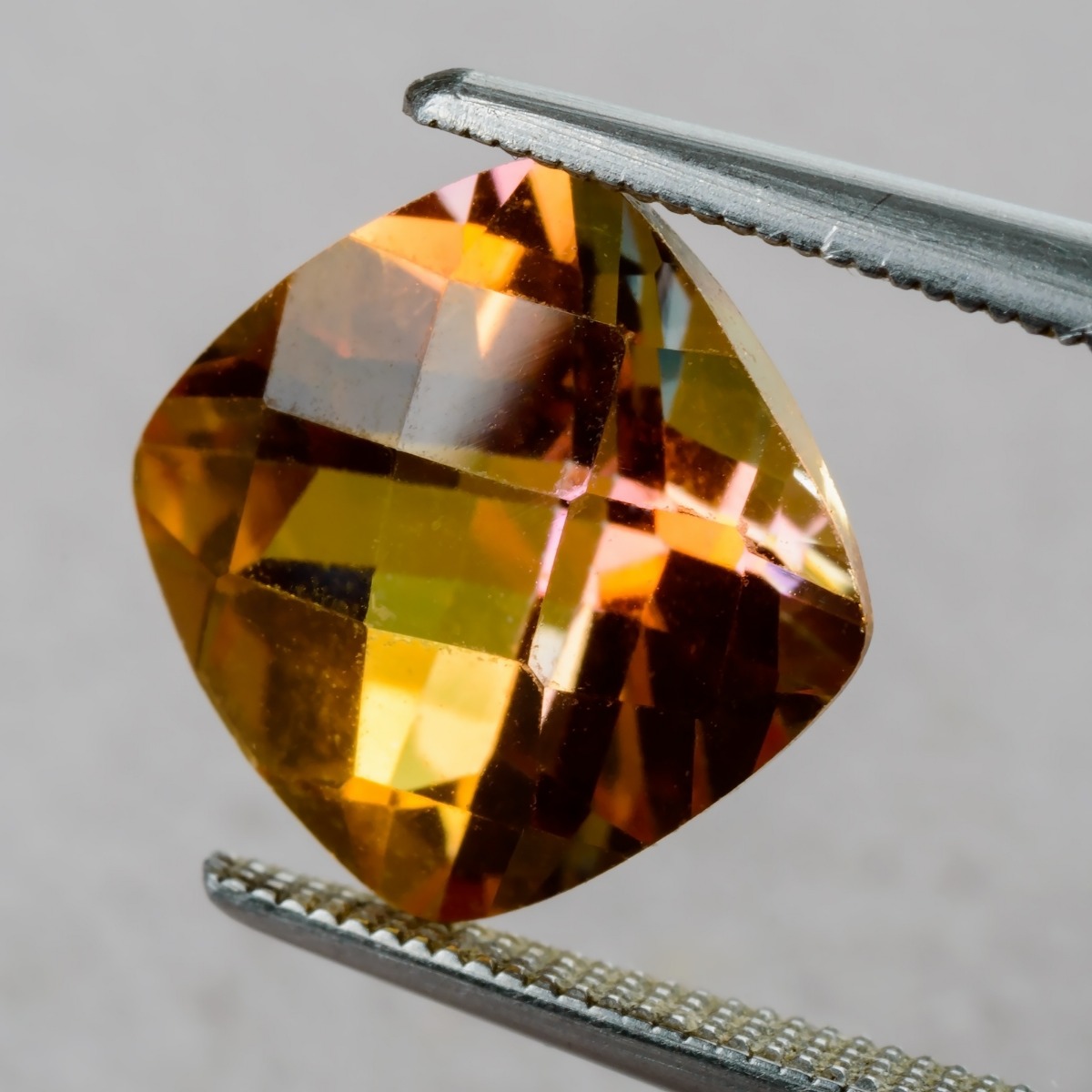
Demystifying heat treatment in gemstones
3.2. Potential limitations
Lower collectible value
While heat-treated gems are stunning, they are generally less valuable for collectors. Untreated gemstones are rarer and therefore more desirable, often commanding 10 to 100 times higher prices in long-term investments. Elite collectors, particularly in regions like Dubai, prize natural gems for their originality and scarcity.
Risk of misleading sales practices
Unscrupulous sellers may fail to disclose heat treatment, misleading customers into thinking they are purchasing untreated gems. Common red flags include:
- Perfect-looking colors with no flaws or natural inclusions.
- Surprisingly low prices compared to the market standard.
- Lack of certification from reputable gemological labs like GIA or AGS.
Color stability may not be permanent
While heat treatment improves color, it doesn’t guarantee long-term stability. Some treated stones may fade over 5–10 years, especially with frequent exposure to strong sunlight or high temperatures. Proper care and storage are essential to maintaining their appearance.
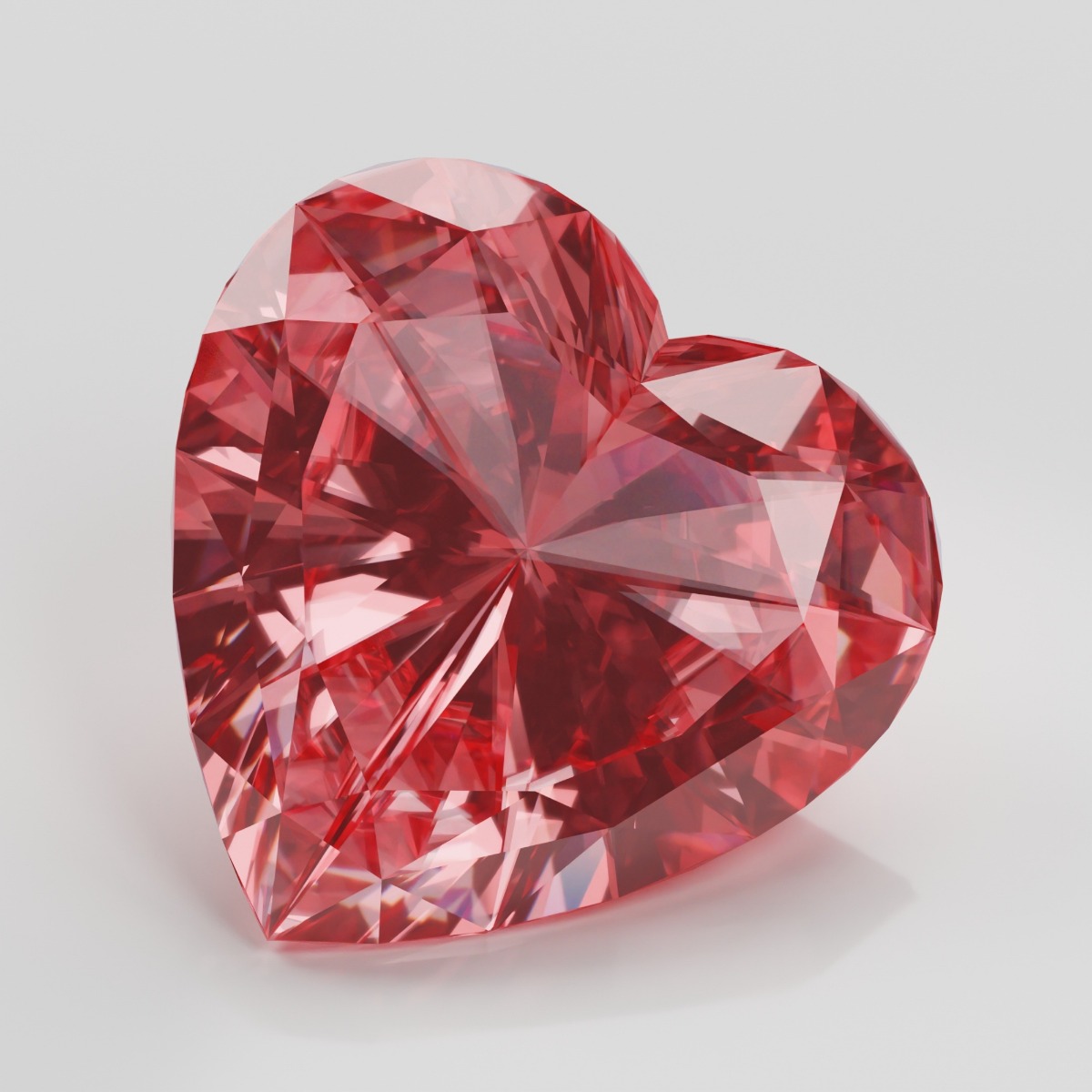
Demystifying heat treatment in gemstones
4. How to identify heat-treated gemstones
4.1. Visual Inspection
This is the simplest and most common method. Heat-treated gemstones often have overly uniform and vivid colors, which are rare in natural stones. For example, a ruby that appears perfectly bright red without any color zoning may indicate heat treatment. In addition, the presence of small round gas bubbles or internal fracture lines resembling fine threads or spiderwebs under strong lighting could be signs of high-temperature processing.
4.2. Microscopic examination
A microscope is an essential tool for gemologists. Under magnification, heat-treated stones may reveal fractured or distorted inclusions caused by heat, often in the form of curved lines or web-like patterns. One notable sign is the breakage or alteration of rutile silk inclusions in natural sapphires—these tiny needle-like structures often melt or disappear after heat treatment.
4.3. Infrared spectroscopy (FTIR analysis)
FTIR (Fourier-transform infrared spectroscopy) is a precise scientific method for detecting structural changes caused by heat. In rubies and sapphires, the FTIR scan may display thermal fingerprints—abnormal absorption peaks in the 3300–3400 cm-¹ range. While untreated stones typically have consistent infrared spectra, heat-treated gemstones often show additional peaks caused by molecular changes.
4.4. Certification from trusted gemological laboratories
This is the most reliable way to verify if a gemstone has undergone heat treatment. Reputable gemological labs such as GIA, AGS, SSEF, and GRS will clearly state the treatment status on their certification reports. Here are some terms to watch for:
- “No indications of heat treatment”: The gemstone is completely natural.
- “Evidence of heat treatment”: The gemstone has been heat-treated.
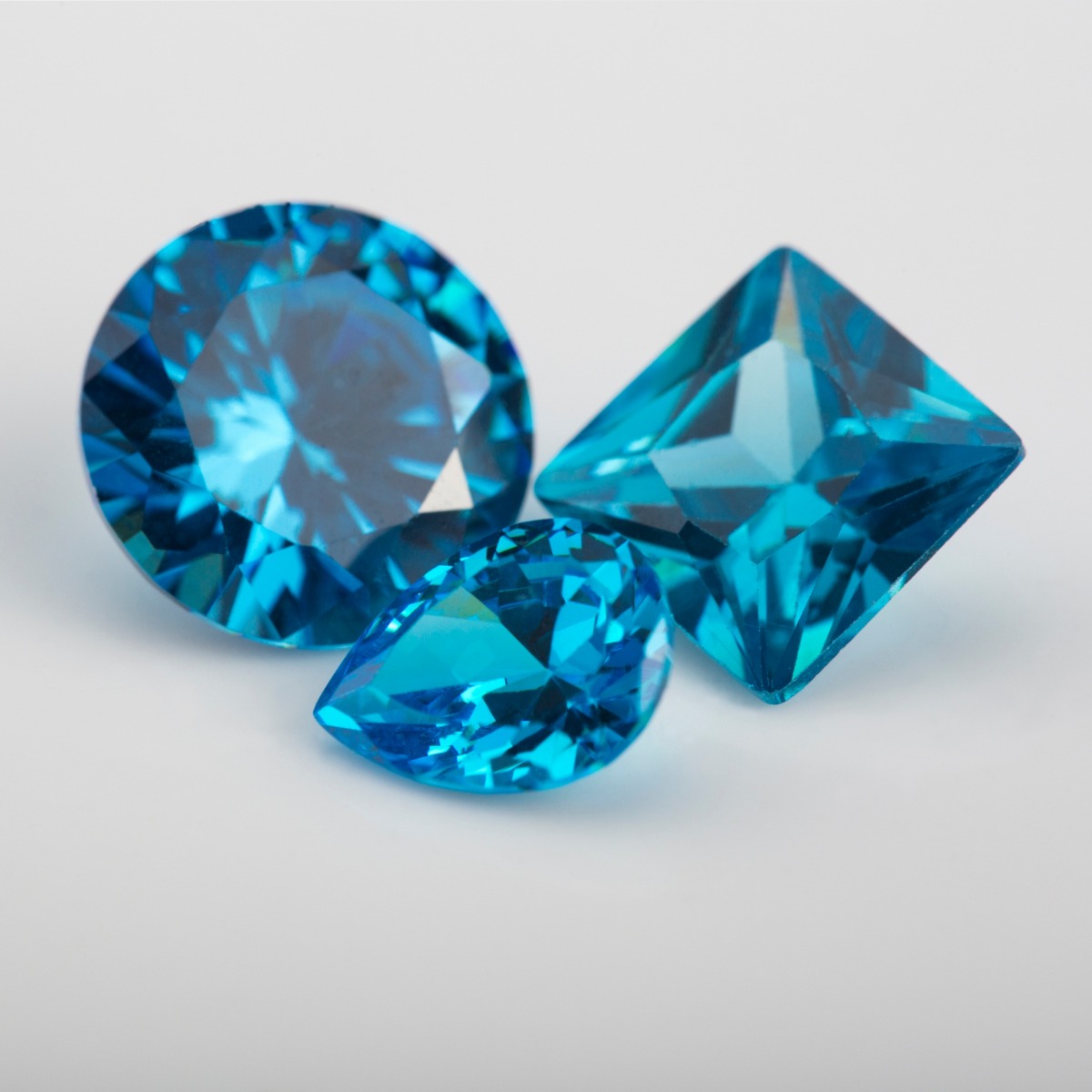
Demystifying heat treatment in gemstones
By understanding heat treatment in gemstones, you gain more than insight, you gain the power to make informed, confident choices as a collector or admirer. This age-old technique, when applied ethically and disclosed transparently, unlocks breathtaking beauty while honoring the natural origin of each stone.
As you explore the brilliance behind every gemstone, let this understanding guide your appreciation, not just of how gems look, but of the stories and science that shape them. Stay curious, stay informed, and let the hidden heat behind each sparkle inspire your next jewelry discovery.
